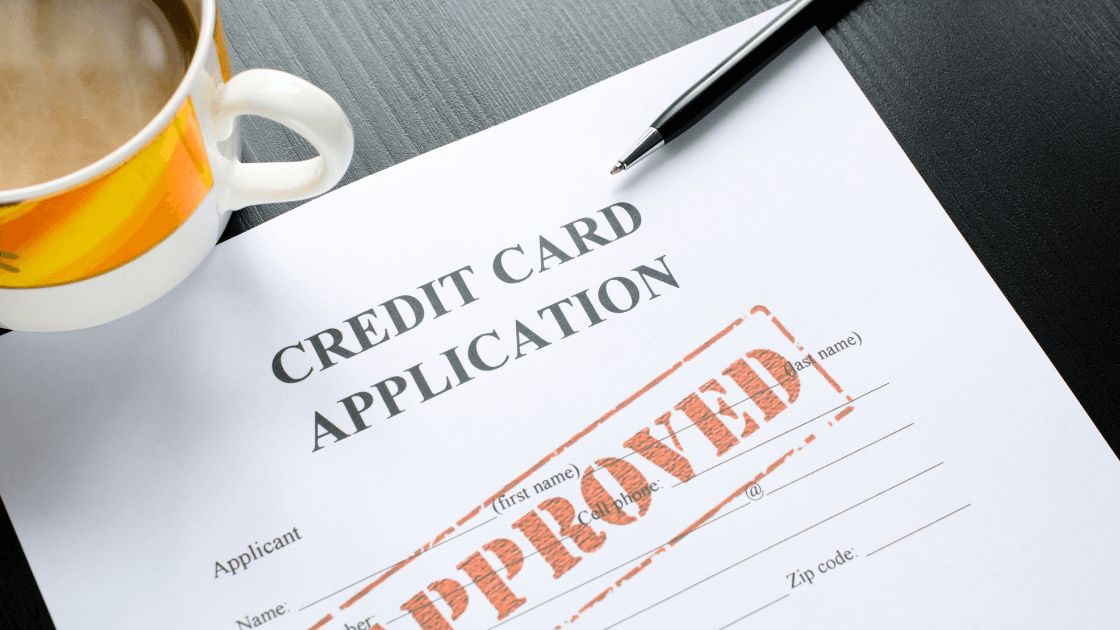
Cards
•05 min read
-ed507771-df04-4fb3-9af5-bae11cb611a6.png&w=3840&q=75)
Ever wondered why your credit card balance seems to grow faster than expected, even when you’re making payments? The secret often lies in understanding how the Annual Percentage Rate (APR) works. Mastering APR is essential for managing your debt and saving on interest. In this post, you will learn what APR is, how credit card interest is calculated, and practical tips to reduce or avoid those extra charges. We will also explore credit card interest rates in India, including insights into how monthly and daily rates impact your balance over time.
APR is the annualized interest rate that is applied to any outstanding balance on your credit card. It is usually broken down into monthly or daily rates to calculate interest more regularly. Even a small difference in APR can have a significant effect because the interest compounds over time, making effective financial planning crucial. Knowing your APR helps you plan better and prevents debt from snowballing with compounding interest.
Different transactions on your credit card can have different APRs. For example, the purchase APR applies to regular spending on your card, while the cash advance APR is generally higher and starts accruing interest immediately. There is also a penalty APR that may be activated if you miss payments or breach any terms. Some cards may offer an introductory APR that provides a lower rate for a limited period. Understanding these varying rates can help you manage how and when you use your card.
While the basic principle of APR remains the same, individual credit cards can have different rates based on card type, credit score, and issuer policies. It is very important to keep in mind that factors such as timely payments and responsible usage can influence your APR. The Tata Neu HDFC Bank Credit Card, for instance, has clearly defined terms and conditions regarding its interest calculations, ensuring that all fees and charges are transparent.
The process for calculating interest on your credit card involves a few simple steps. First, the daily periodic rate is determined by dividing the APR by 365. This daily rate is then multiplied by the outstanding balance to calculate the daily interest. With compounding, this interest is added to the balance, which in turn increases the overall amount on which future interest is calculated. For instance, if you carry a balance forward, the interest you pay will be recalculated every day, gradually increasing your total debt.
Many users may be surprised to learn that the monthly rate of interest could be lower than what you end up paying due to daily compounding. While a monthly rate might appear manageable, the effective interest rate becomes higher when the daily rate is considered. This is why understanding both monthly and daily rates, such as the Credit card interest rate per day and Credit card interest rate per month, is key to keeping your finances on track.
A grace period is the time between the statement date and the payment due date. If you pay your full statement balance during this period, you can avoid paying any interest. However, not all transactions benefit from a grace period; for example, cash advances typically start accruing interest immediately. Being aware of your card’s grace period can help you avoid unnecessary charges and manage your repayment schedule more effectively.
Paying only the minimum due often leads to prolonged repayment periods and increased interest costs. Whenever possible, try to pay off a major portion of your outstanding balance each month. Think of paying a little extra as earning bonus NeuCoins—it’s like discovering a small reward that makes your financial journey even sweeter!

If you have multiple credit card balances, transferring your balance to a card with a lower APR can be beneficial. Keep in mind that while balance transfer offers can reduce your interest burden, they might come with fees or temporary terms that you should review carefully. Make sure to read the terms and conditions thoroughly before proceeding.
Your relationship with your credit card provider can give you room to negotiate a lower APR. If you have a solid payment history and a good credit score, contact your issuer and request a rate revision. A successful negotiation might help you reduce your interest costs significantly over time.
Cash advances often carry significantly higher APRs and do not have a grace period. Instead of opting for a cash advance during emergencies, consider other alternatives such as personal loans. This can help you avoid the steep interest charges associated with cash advances.
Maintaining and improving your credit score is one of the best strategies to qualify for lower APRs. Ensure that you make timely payments, reduce your credit utilization, and regularly review your credit reports to spot any discrepancies. Small improvements in your credit score can lead to better terms over time, making it easier to manage your debt.
Credit card interest rates in India can vary based on the card type. Premium cards often come with slightly different APRs compared to basic cards. It is important for consumers to review the specific terms of their card. The Tata Neu HDFC Bank Credit Card, for example, outlines its terms clearly so users are aware of all applicable charges and rates.
Typically, Indian credit cards might have monthly rates somewhere in the range of 2.5% to 3.6% (Source: Reserve Bank of India guidelines). These rates when converted to a daily period, become the basis for compounding interest. Understanding how these rates work together can help you plan repayments more efficiently and avoid long-term debt escalations.
While credit card interest rates in India are influenced by local regulatory requirements and consumer behavior, they generally remain competitive when viewed from a global perspective. The unique financial environment in India, supported by evolving regulations and innovative financial products, ensures that consumers have access to clear information and practical solutions for managing credit card debt.

One common misconception is that APR is only important for those who carry a balance from month to month. In reality, APR affects all unpaid balances, including those stemming from new purchases if the statement balance is not completely cleared during the grace period.
Many users mistakenly believe that low, introductory APRs are permanent. However, these promotional rates typically last for a fixed period, usually 6-12 months. Once the introductory period expires, the card reverts to the standard APR, which could be significantly higher.
It is a myth that simply fulfilling the minimum payment requirement will prevent interest from accruing. In truth, paying only the minimum leaves a balance that continues to accumulate interest based on the established APR, prolonging your debt repayment journey.
The average monthly interest rate can vary, but understanding your card’s specific terms is key to effective management.
Divide your APR by 365 to get the daily rate and multiply it by your outstanding balance.
No, certain transactions like cash advances typically do not offer a grace period.
Yes, if you have a strong credit history and timely payments, contacting your issuer to request a lower APR can be beneficial.
Missing a payment might lead to a penalty APR, which is substantially higher than your regular rate.
Understanding how your credit card APR works is crucial for managing debt efficiently. Paying off your balance during the grace period, paying more than the minimum due, and exploring options such as negotiating a lower APR or using balance transfers wisely are practical tips to help you save on interest. Additionally, keeping a close watch on your credit score can further assist in qualifying for better rates. With clear knowledge and proactive management, you can take confident steps toward maintaining a healthy financial life and minimizing unnecessary charges.